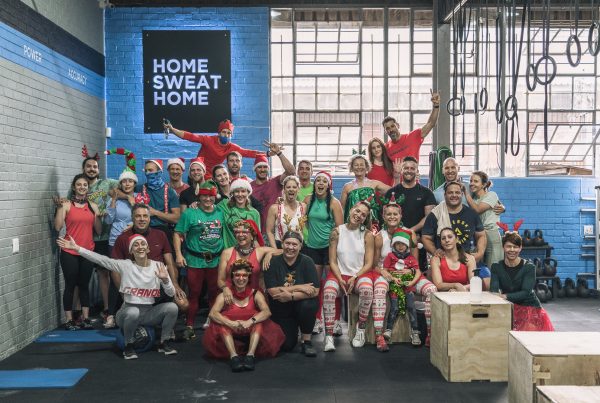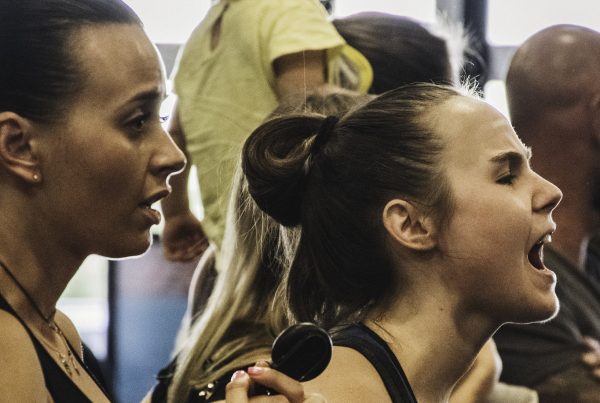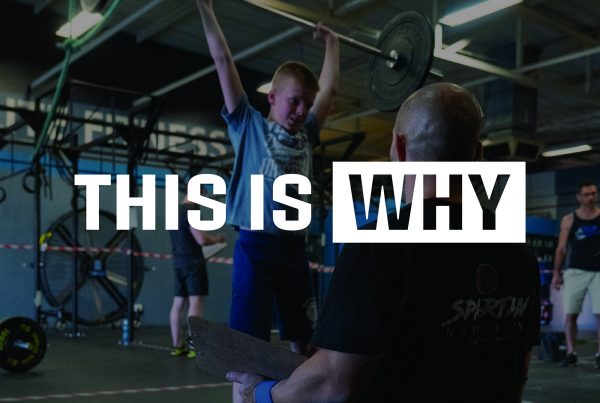So you know that recovery is important for progress and to avoid injury. You also know that active recovery is as important as complete rest days and have an idea of how to schedule your training week. You’d also like to do some form of activity on a daily basis, but want to ensure that what you do doesn’t hinder your overall progress. But what is best to do on those rest and recovery days?
Firstly, always adopt the “do no harm” approach. If you’re thinking about things to do on your off days, think about activities that are different to what you might be exposed to in the gym but will keep you fresh for the next day in the gym (and for what life may throw at you!)
Here are some groups of activities you could be looking at for those training days.
- Steady State Aerobic Activity
Also known as “cardio,” but I’d rather not use that term 😉 This is low intensity, monostructural activity like running, rowing, swimming, cycling. Duration is athlete and activity dependent but can range from 10 to 40 minutes. It should be of an ‘easy’ pace throughout.
While we prefer to spend most of our time in training doing interval training and anaerobic conditioning (because it’s better at developing aerobic conditioning too), steady state aerobic activity has it’s place too!
- Myofascial Release / Trigger Point Therapy
This is where you apply local pressure to areas of muscle and connective tissue that have been exposed to trauma. For example, your glutes after Open workout 16.1! It helps to eliminate pain and restore range of motion.
You can either do this to yourself using tools such as foam rollers, massage balls, and drills that involve barbells and kettlebells. We teach you many of these drills in class, but other great resources are Mobility WOD and ROM WOD.
Or, get to a physio, chiro or sports masseuse. I generally find these latter options better because they have a detailed understanding of anatomy, and are more likely to apply the right types of pressure.
- General Stretching
These are the static stretches you are most familiar with. Mobility WOD and ROM WOD will again be some of the best resources above what we show you in class.
- Work a Weakness
To be specific, work a gymnastics weakness. This should be low volume (low sets and reps), low intensity and efforts should be separated by long rest periods. Pick just one weakness for a day. It could be holding a handstand, developing your ring support, or working on your kip swing. It should always be progressions to a movement as opposed to the full movement.
You should avoid working on a weightlifting weakness. There is more risk of injury there, and a larger chance of developing poor movement habits that will take longer to remove than instilling good habits. Keep it to bodyweight.
- Sports!
Sports are where you express the fitness you develop – the application of fitness. Sports are also where you have the ability to develop skills that can only developed in that environment.
With regards to the weakness and flexibility work, it can often be confusing what to work on. Schedule a private session with a coach to set some objective and tangible goals and to learn about how the UpSkill program can get you there.
Keep moving!



